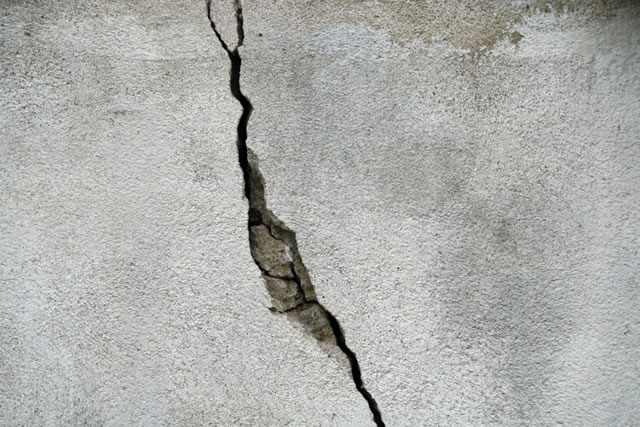
Cracked render on a building can certainly cause damp problems. The render is the protective coating applied to the external walls of a building, and it serves to keep out moisture and other elements. If the render is cracked or damaged, water can seep through and penetrate the walls, leading to dampness inside. Once the water gets inside the walls, it can cause a host of problems, including mold growth, structural damage, and health problems for the occupants of the building. Therefore, it is essential to address any cracks or damage to the render as soon as possible.
If you're experiencing damp issues in your home, one possible culprit could be cracked render. Render is the external layer of plaster or cement that covers the walls of a building, and when it cracks or deteriorates, it can allow moisture to seep in and cause dampness inside the home.
Here are some common signs of damp caused by cracked render:
Discoloration or staining on the walls, often in a patchy or irregular pattern
A musty or damp smell in certain areas of the home
Peeling or flaking paint on the walls or ceiling
Visible mold or mildew growth
Warping or buckling of wooden floors or skirting boards
If you suspect that cracked render is causing damp in your home, it's important to address the issue as soon as possible. Left unchecked, damp can lead to structural damage and health issues such as respiratory problems and allergies.
The first step is to identify the extent of the damage. A professional building surveyor or damp specialist can assess the situation and recommend the best course of action. Depending on the severity of the issue, this may involve:
Repairing or replacing the damaged render
Treating the affected area with a damp-proof coating or membrane
Installing additional ventilation or drainage to prevent moisture buildup
Repairing any underlying structural issues that may be contributing to the problem
Prevention is key when it comes to damp caused by cracked render. Regular maintenance of your home's exterior, including checking for cracks and signs of wear, can help catch problems before they become severe. Additionally, keeping the inside of your home well-ventilated and dry can help prevent moisture buildup and reduce the risk of damp.
In conclusion, if you're experiencing damp issues in your home, cracked render could be the culprit. It's important to take action to address the problem as soon as possible to prevent further damage and potential health issues. Contact a professional building surveyor or damp specialist to assess the situation and recommend the best course of action.